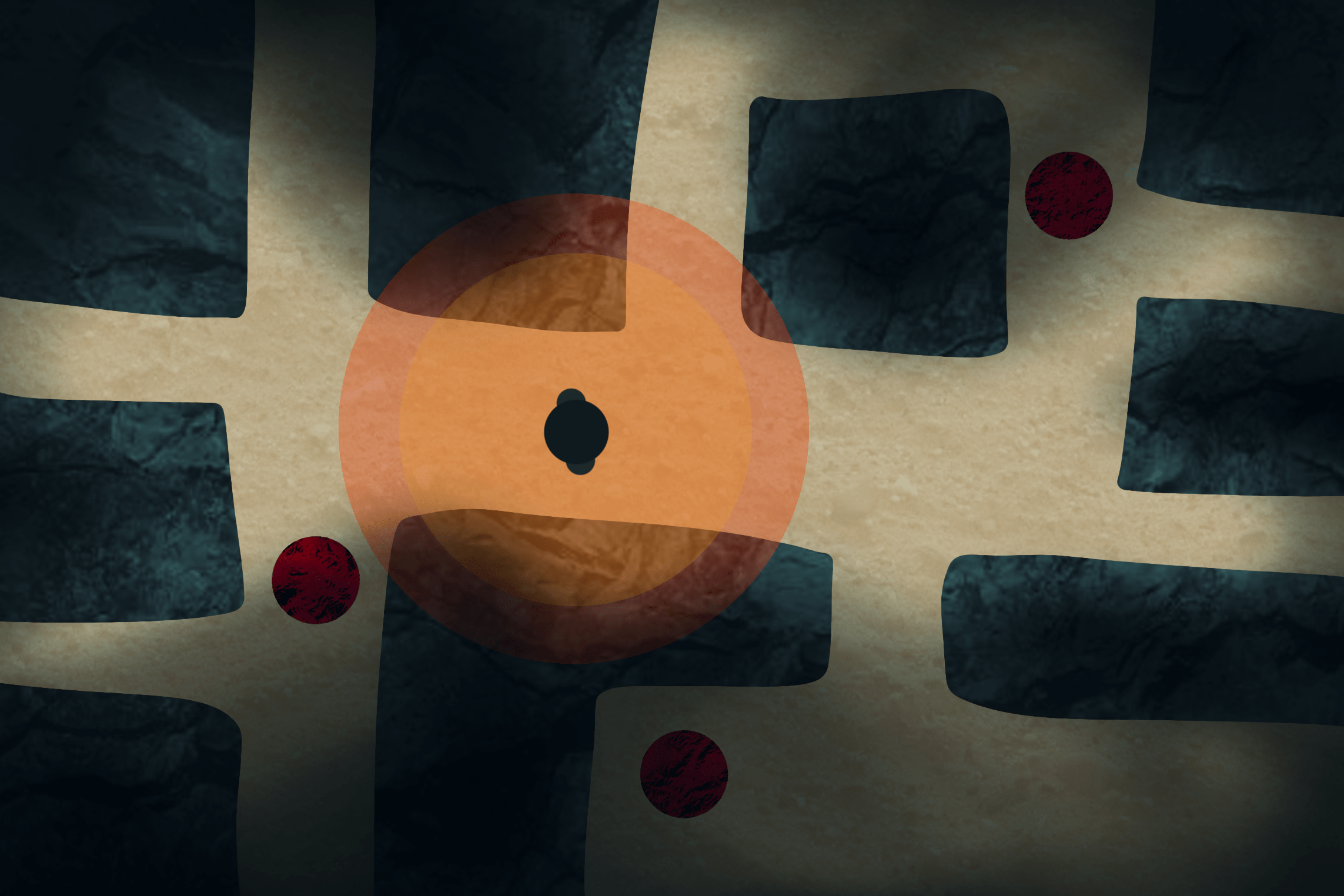Assignment 1
For the first assignment I searched many different websites for interesting Alt+Ctrl games. What caught my attention was a post regarding such games that would also be easily playable at home. The post focused on games that used traditional controllers but in new ways. Below I will explore one of those games, which was described as a mix of twister and ballet, and only requires a smartphone.
Bounden - a mobile dancing game
It is a two-player dancing game that is played on a single smartphone. Both players will hold their thumb on each end of the screen while holding the phone in the air. The players need to guide a circle on the screen by synchronously tilting and moving the phone together. The choreography for the game was created by the Dutch National Ballet, and it was released back in 2014.
During my search, I found many bizarre Alt+Ctrl games, but this one caught my attention with its simple and creative way of using such a common interface. I have never seen so intuitive way of turning a smartphone into a two-player controller. It also made me wonder where the line goes between alternative controllers and alternative ways of using traditional ones. The game interface and the game itself looked quite familiar from other games, but the way it was controlled made the difference. It is also intriguing how this game aims to makes dancing more approachable, which was clear in their marketing: “Twist and twirl elegantly, or get entangled with a friend".
Assignment 2
I began the second assignment by exploring which types of sensors are less commonly used in video games. I quickly came across the heartbeat sensor and started imagining how it could be used to control a character or a game world itself. I liked the idea of how the heartbeat provides a unique rhythm for each player, which could theoretically be altered by events in the game. Below, I have listed a few ways existing games could incorporate the heartbeat sensor, and lastly, a concept for a new game.
Existing games
Flappy Bird: The heart rate curve could be used as the flying path of the bird, trying to reach a target heart rate to complete each level. This way the player would need to find ways to alter their pulse and return to the game later.
Chrome Dinosaur Game: The speed of the character could be tied to the player’s heart rate, giving more time to react with a lower heart rate. This way, it would be important to stay calm even when the game gets more difficult.
New game concept
Pulse of Fear: This would be a top-down stealth game with possible horror elements. The goal is to progress through labyrinth-like levels without getting seen or sensed by enemies. The player’s heartbeats are measured, and each pulse will be visualized as a burst of light around the character. This pulse can be sensed by all the enemies that are close enough, making it crucial to pass the enemies between the pulses. This way, the increasing heart rate of the player will also make the game harder, as the character will be more often visible to the enemies.
The game would utilise the PulseSensor to measure the heart rate of the player. For this game, only the moment of the heartbeat would be needed, which could be located from the pulse waveform. Every time the signal goes over the selected threshold value, a burst of light is triggered in the game, alerting the nearby enemies.
Here is an official tutorial on how to visualise the pulse signal on Arduino Serial Plotter, and turn on a led with each heartbeat.




